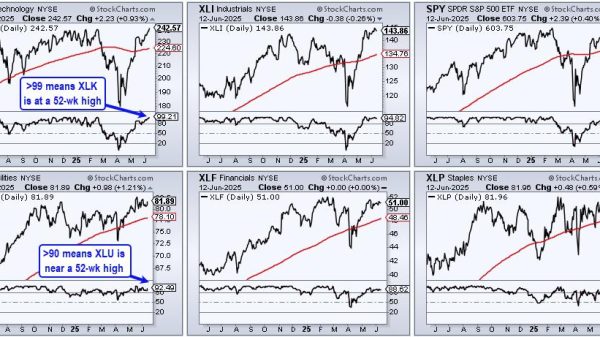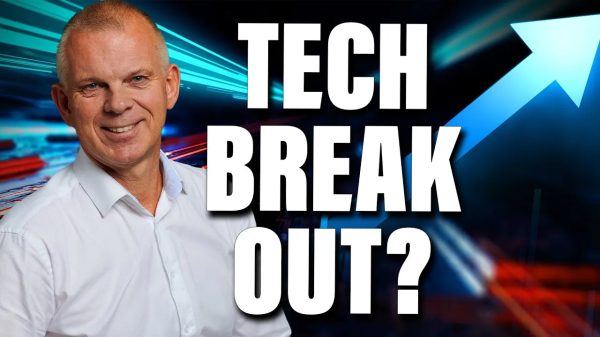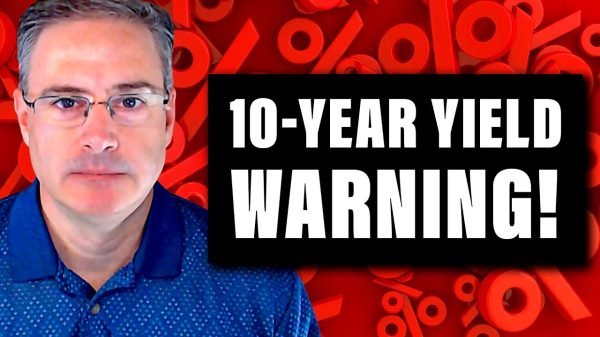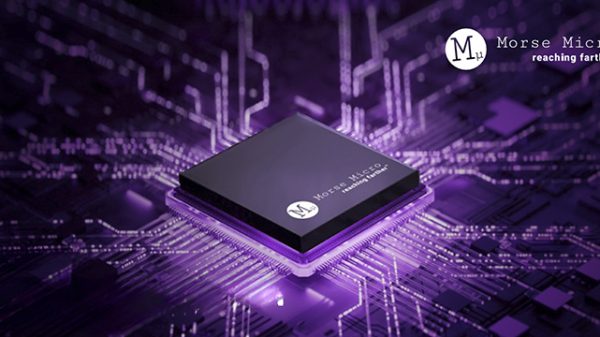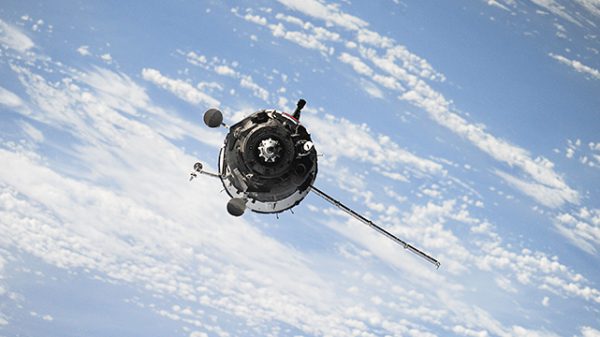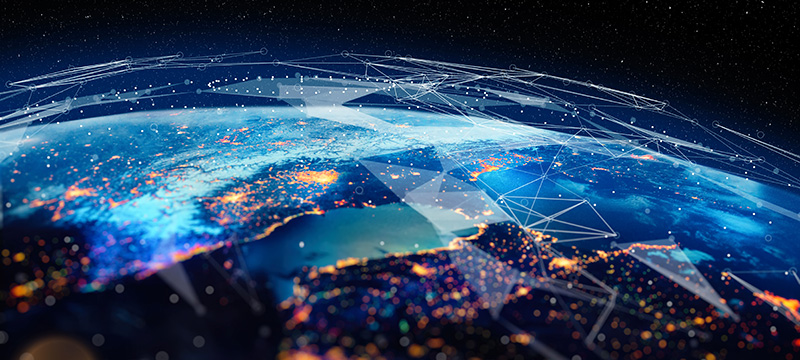Edge processing is one of the biggest trends in IoT – and for a reason. Processing data close to where it’s generated enables greater speed and volume, while reducing transmission loads. It reduces network latency, boosts scalability and enhances security. It creates the opportunity for AI at the edge to take immediate action – such as automatically preventing a pipeline blowout or keeping a failing generator or pump from tearing itself apart.
Today, IoT applications are making only limited use of edge computing. In most cases, the device at the edge takes whatever data the sensors are sending it and pumps it out over the network. That’s a shame – especially when satellite is the optimal connectivity solution, as it so often is for remote or mobile applications. Wasting satellite bandwidth is never a winning proposition. When a sensor is paired with a satellite-enabled device, it enables smart IoT data management: decision-making at the edge to determine what data is relevant data to send over the network.
Edge data management opens and expands use cases for satellite IoT now and in the future
Four essentials for getting edge processing right
There are four essentials to getting edge processing right in a satellite IoT application: edge technology, AI, the right satellite connectivity and the cloud.
Edge Technology
Edge processing technology needs to strike a balance between two different requirements: providing enough processing power for applications and being inexpensive enough for mass deployment. The solution comes down to smart engineering of devices, from storage and power to sensor connectivity. Many satellite-based and multimode IoT devices are designed to monitor and manage unpowered assets far from electric lines. They need low power consumption, long-life batteries and, in some cases, solar power – and they can benefit from the low cost of today’s multi-megabit flash storage and BLE Low Power technology.
AI at the Edge and Core
In addition to physical design, software engineering can make a substantial difference. On the edge devices, it can put a stop to the “pump it out over the network” approach and, instead, prioritize data and package it efficiently for transmission, saving money on the recurring costs of transmission. The back end of the system is equally important. An efficient, easy-to-use management system for devices, users and business rules keeps the network from streaming unnecessary data and supporting inactive devices and users.
Satellite Connectivity
Satellite has a reputation for being costly, unreliable and, like the famed Starlink network, best used for multi-megabit service. None of that needs to be true. Networks designed for IoT and other small-data applications transmit short, efficient bursts of information, using satellites in low Earth orbit that cover just about any location with a view of the sky. Messages can be sent on a schedule and on AI decision-making at the edge that suits the application.
Cloud
IoT networks, especially serving remote locations, tend to be dynamic, with requirements changing as markets and conditions evolve. Cloud-based applications scale up or down rapidly for applications providing back-end configuration, user and device management, and data translation and analytics.
IoT on the Move
You can see these four essentials at work in the biggest single market vertical for IoT: transportation and logistics.
On any given day, more than 16 million trucks are on the road in North America, including nearly 4 million tractor-trailer big rigs that spend long periods beyond the reach of cellular. There is an average of 2 to 3 unpowered trailers for every one of those big rigs. So, trucking companies spend too much time simply locating trailers in their yard, on the road or at customer locations so they can be matched to trucks. Lack of good information on location causes them to waste money buying or leasing trailers to ensure on-time deliveries.
A low-cost, IoT transmitter on each trailer transforms these businesses. It periodically transmits a GPS location over satellite, along with any sensor data the trucking company wants. Solar-powered, it delivers years of use with little maintenance and has enough processing power to monitor and report on battery level, confirm that it remains attached, and manage data from sensors reporting, for example, whether the trailer door is open or closed. The data transmitted over satellite feeds a cloud-based dashboard that maps the location of each trailer and provides access to sensor data. For one company managing hundreds of trailers, real-time analysis of the GPS coordinates alone showed the company that it did not need 100 trailers it was renting or a new order for 40 more. Total savings exceeded $2 million in the first year.
Making the case for edge processing in satellite IoT comes down to value. It can deliver better latency, greater scalability, reduced transmission costs – but the real value is in the business or operational impact it has for companies on the receiving end of the data. This can far outweigh the cost of the added capability – by as much as the car in your driveway is outweighed by a big rig on the road.
The post Don’t Discount the Edge’s Valuable Role in Satellite IoT appeared first on IoT Business News.






